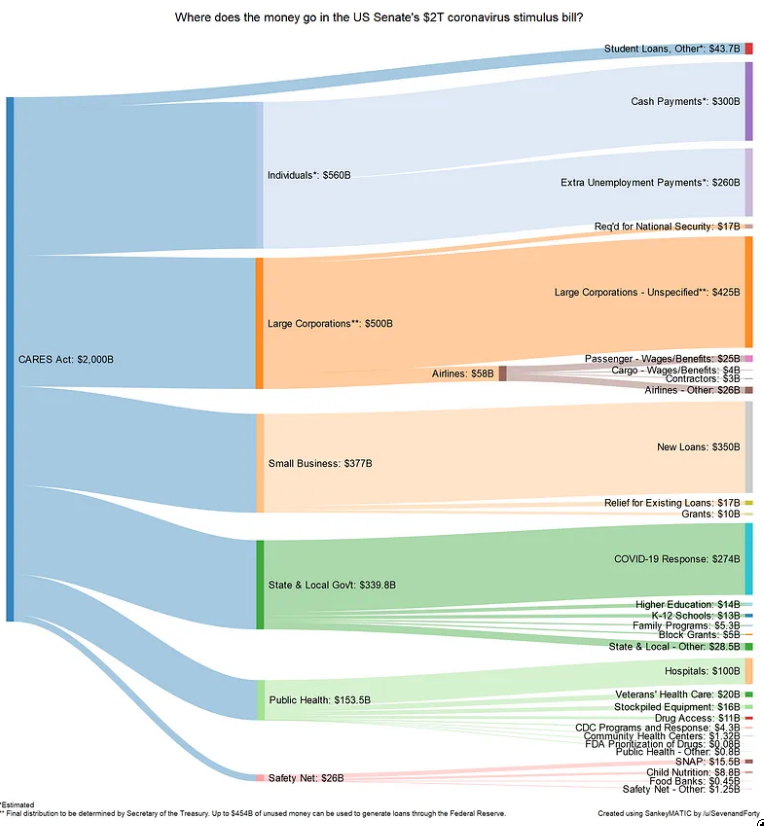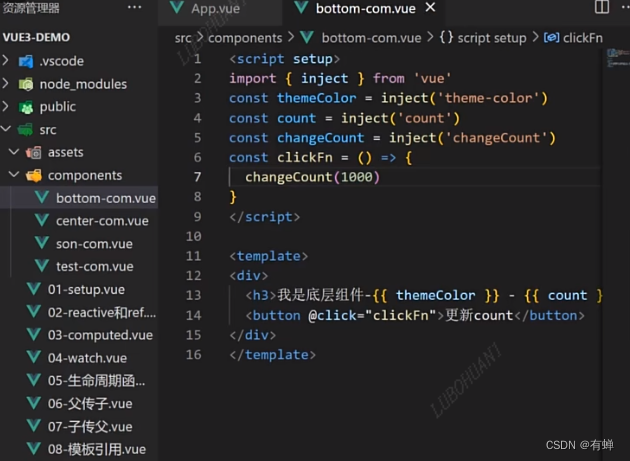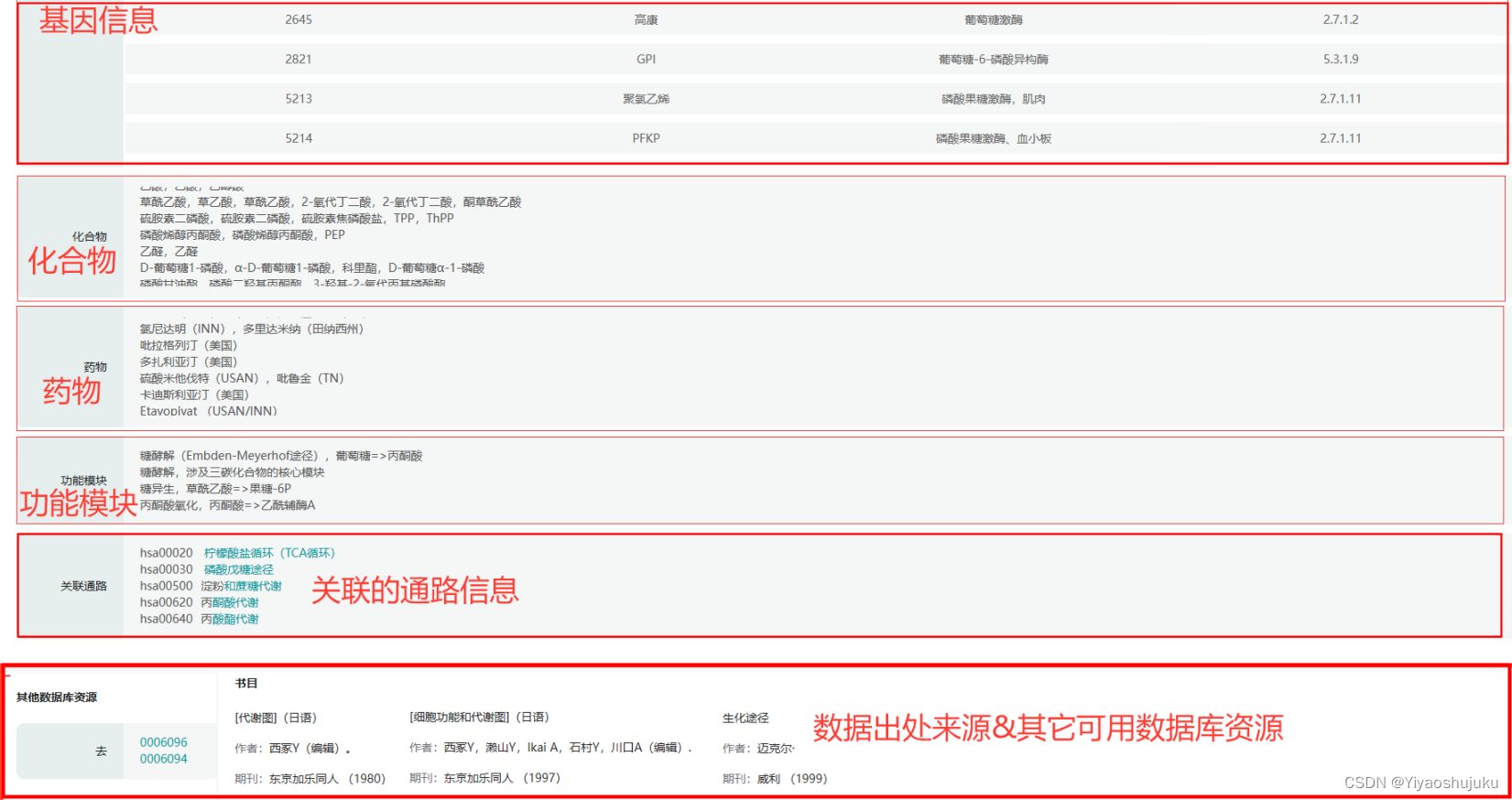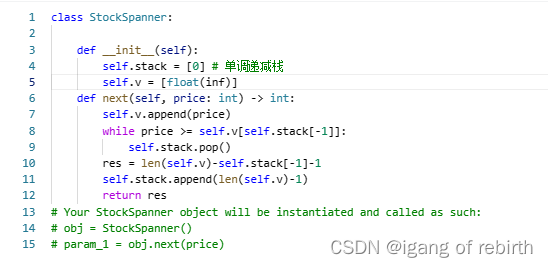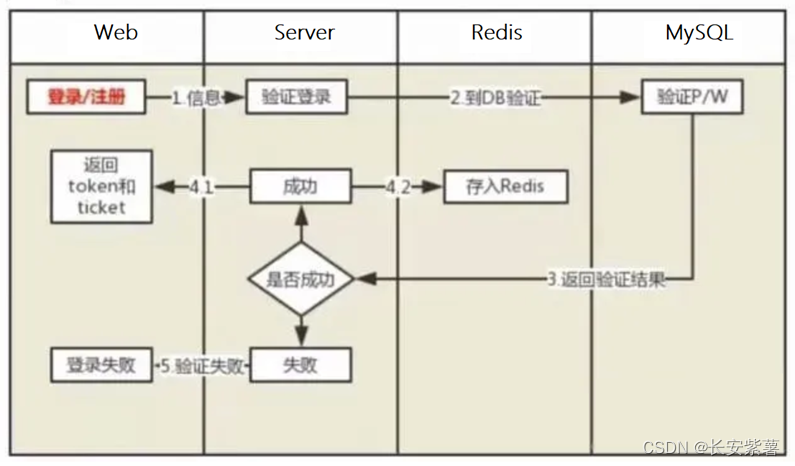工具作用:
根据输入的功能点,生成通用测试点
实现步骤
工具实现主要分2个步骤:
1.https请求调用Gpt,将返回响应结果保存为.md文件
2.用python实现 将 .md文件转换成.xmind文件
3.写个简单的前端页面,调用上述步骤接口
详细代码
1.调用gpt请求生成 md文件
import os
import requests
import json
"""测试数据路径管理"""
SCRIPTS_DIR = os.path.dirname(os.path.dirname(os.path.abspath(__file__)))
DATAS_DIR = os.path.join(SCRIPTS_DIR, "datas")
Testcase_md= os.path.join(DATAS_DIR,'testcase.md')
"""示例代码"""
def sendGpt_getmd(content):
# 设置请求头中的token
headers = {
"Content-Type": "application/json"
}
# payload= 设置请求主体中的参数和数据,根据请求的参数格式传参即可
payload = {"参数": "参数值"}
# 发送POST请求
response = requests.post("https://xxxxx", headers=headers,
data=json.dumps(payload))
# 解析响应结果
if response.status_code == 200:
result = response.text
print(result)
with open(Testcase_md, "w", encoding="utf-8") as f:
f.write(result)
else:
print("请求失败!")
if __name__ == '__main__':
# 示例用法:keydes为功能标题,casecontentTemp为发送给gpt的模板话术,在使用时可以将keydes设置为变量,由前端传参。另外可以根据需要修改casecontentTemp内容
# 仅包含一级标题,二级标题,无序列表格式的Markdown形式:该格式不可修改,因为后续需要以Markdown格式转换成xmind文件
keydes='上传附件'
casecontentTemp="仅包含一级标题,二级标题,无序列表格式的Markdown形式发送给我。请写出 一级标题为'"+keydes+"'的测试用例,包含功能测试(正向/逆向/异常场景),性能测试,安全测试,兼容测试"
sendGpt_getmd(casecontentTemp)
2.将md文件转换成xmind文件
通过步骤1,生成了md文件,以下代码是将md文件转换成xmind文件
import markdown
from bs4 import BeautifulSoup
import xmind
def md_to_xmind(md_file, xmind_file):
# 读取MD文件
with open(md_file, 'r', encoding='utf-8') as f:
md = f.read()
# 解析MD文件
html = markdown.markdown(md)
# 创建XMind文件
workbook = xmind.load(xmind_file)
# 获取根节点
root_topic = workbook.getPrimarySheet().getRootTopic()
# 递归添加节点
def add_topic(parent_topic, node):
# 添加节点
topic = parent_topic.addSubTopic()
title = node.get('title', '')
topic.setTitle(title)
# 添加文本
if 'html' in node:
topic.setPlainNotes(node['html'])
# 递归添加子节点
if 'children' in node:
for child in node['children']:
add_topic(topic, child)
# 解析HTML,并添加节点
soup = BeautifulSoup(html, 'html.parser')
rootmap_node = {'children': []}
root_node = None
current_node = None
for tag in soup.children:
if tag.name == 'h1':
# 创建根节点
root_node = {'title': tag.string, 'children': []}
current_node = root_node
elif tag.name == 'h2':
new_node = {'title': tag.string, 'children': []}
root_node['children'].append(new_node)
current_node = new_node
elif tag.name == 'p':
current_node['html'] = str(tag)
elif tag.name == 'ul':
for li in tag.children:
text = li.text.strip()
if len(text) > 0:
li_node = {'title': text, 'children': []}
current_node['children'].append(li_node)
elif tag.name == 'ol':
for li in tag.children:
text = li.text.strip()
if len(text) > 0:
li_node = {'title': text, 'children': []}
current_node['children'].append(li_node)
# 添加节点
for node in root_node['children']:
add_topic(root_topic, node)
# 修改根节点的名称
root_topic.setTitle(root_node['title'])
# 保存XMind文件
xmind.save(workbook, xmind_file)
if __name__ == '__main__':
# 示例用法 example.md为步骤1生成的文件,通过md_to_xmind方法调用将.md文件转换成xmind文件
md_to_xmind('example.md', 'example.xmind')
3.合并步骤1,2后运行
import os
from scripts.datas.mdtoxmind import md_to_xmind
from scripts.datas.sendGpt import sendGpt_getmd
"""测试数据路径管理"""
SCRIPTS_DIR = os.path.dirname(os.path.dirname(os.path.abspath(__file__)))
DATAS_DIR = os.path.join(SCRIPTS_DIR, "datas")
Testcase_md= os.path.join(DATAS_DIR,'testcase.md')
Testcase_xmind= os.path.join(DATAS_DIR,'testcase.xmind')
def oneTocase(keydes):
casecontentTemp="仅包含一级标题,二级标题,无序列表格式的Markdown形式发送给我。请写出 一级标题为'"+keydes+"'的测试用例,包含功能测试(正向/逆向/异常场景),性能测试,安全测试,兼容测试"
sendGpt_getmd(casecontentTemp)
md_to_xmind(Testcase_md, Testcase_xmind)
if __name__ == '__main__':
# 示例用法
keydes='上传附件'
oneTocase(keydes)
运行后结果:
生成对应文件
![]()
打开后查看如下内容

后期集成测试工具构思:
1.将详细代码中步骤3暴露出rest接口,供前端调用
2.前端页面可提供出形成 通用工具
